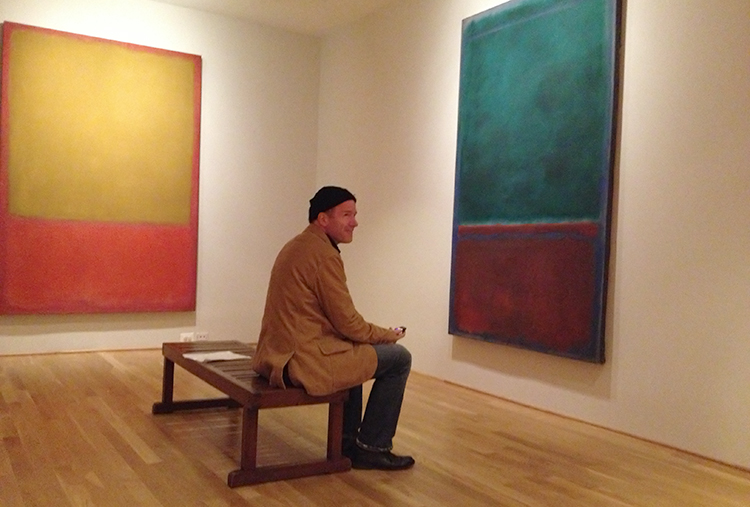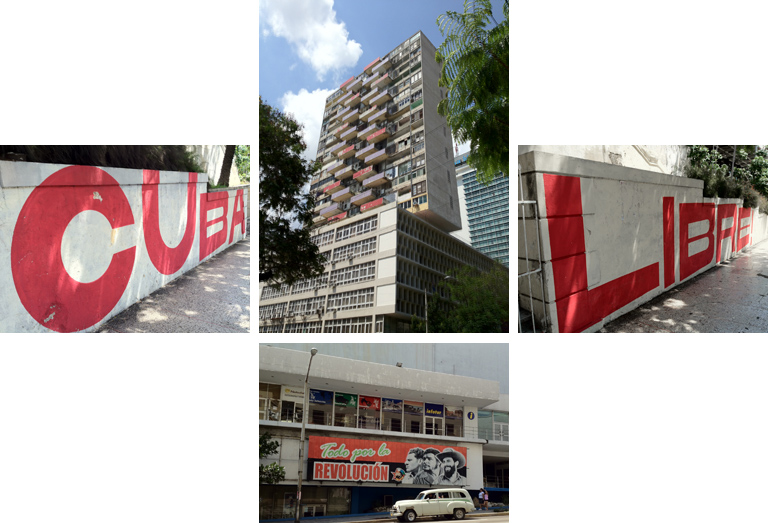In a stimulating Duncan Phillips Lecture, “John Cage and the Question of Genre,” which served as a keynote to this year’s International Forum Weekend dedicated to the confluence of art and music, the novelist and musician Rick Moody praised Cage’s chance works, such as his ineffable composition 4’33”, as a “a breath of fresh air in the midst of bourgeois individualism.” According to Moody, Cage disregarded any notion of genre in favor of “creative work whose primary intention is simply that it is creative, so that it might simply give a name to creativity itself.” 4’ 33”, first performed in 1952, was designated by Cage as a “composition for any instrument (or combination of instruments).” It consists solely of potential sound: the random noise that occurs during the duration of its “silent” performance.
Halfway through, Moody intermitted his lecture with a cunning act of bravura by playing the sounds of paintings and photographs he recorded in various museums with his iPhone: the incidental noises created by the crowds moving past them.
Afterwards, Moody took me aside and asked if he might be able to spend a few minutes in the Rothko Room in order to record the sound of Rothko’s paintings. I happily obliged, and we both intently listened to the paintings. Rothko may have approved: he once compared his paintings to the voices in an opera. And for a moment, ever so faintly, I thought I heard Rothko’s beloved Mozart emerge from the depth of the silence in the room.




